Caring for Your Lower Back: Managing Pain, Improving Posture, and Insights from Celebrities
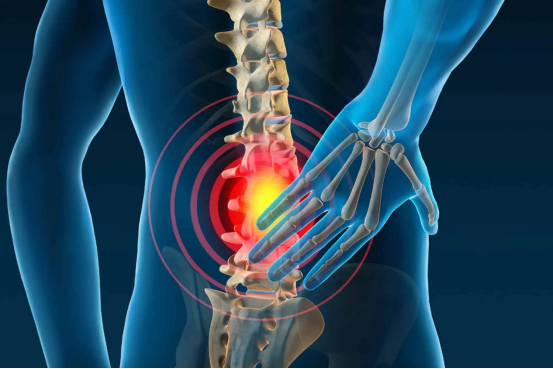
Lower back pain is a prevalent issue that affects millions of people worldwide, impacting daily life and overall well-being. The lower back, or lumbar region, is particularly susceptible to discomfort and injury due to its role in supporting the upper body and facilitating movement. This comprehensive guide explores effective strategies for managing and preventing lower back pain, provides insights into how celebrities have dealt with similar issues, and presents scientific evidence supporting these practices.
Understanding Lower Back Pain
Lower back pain can result from various factors, including poor posture, muscle strain, and underlying health conditions. The lumbar region, which consists of five vertebrae (L1 to L5), is a common site for pain due to its significant role in bearing weight and enabling movement.
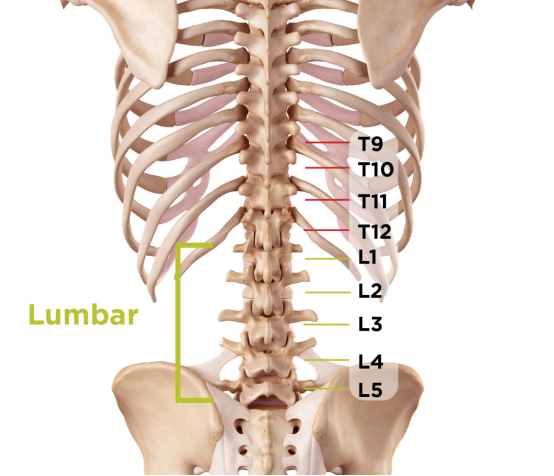
Common Causes of Lower Back Pain:
1. Poor Posture: Prolonged sitting or standing with improper posture places undue stress on the lumbar spine, leading to discomfort and pain.
2. Muscle Strain: Overuse or sudden movements can strain the muscles and ligaments in the lower back, causing acute pain.
3. Herniated Discs: When the gel-like center of a spinal disc protrudes through a weakened area, it can press on nearby nerves, resulting in pain and discomfort.
4. Degenerative Disc Disease: As people age, the spinal discs can lose their cushioning ability, leading to pain and stiffness in the lower back.
5. Skeletal Irregularities: Conditions like scoliosis or an uneven leg length can cause abnormal stress on the lower back, leading to pain.
Effective Strategies for Managing and Preventing Lower Back Pain
1. Maintain Proper Posture
Good posture is crucial for preventing and managing lower back pain. Poor posture can place excessive pressure on the lumbar spine, leading to discomfort and potential injury. Here’s how to maintain proper posture:
· When Sitting: Ensure that your feet are flat on the floor, your knees are at a 90-degree angle, and your back is supported by the chair. Use a lumbar roll or cushion to support the natural curve of your lower back.
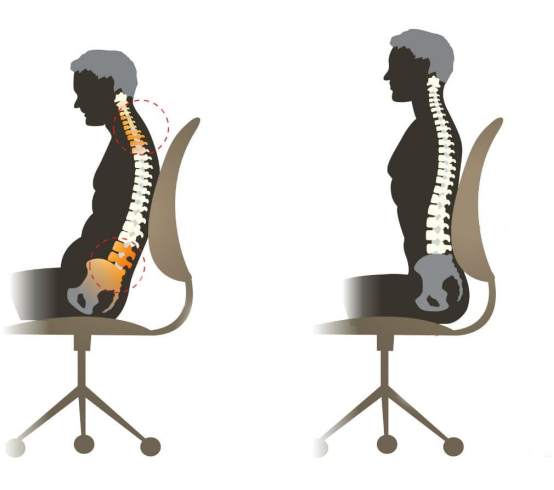
· When Standing: Stand with your weight evenly distributed on both feet, keeping your knees slightly bent and your hips aligned. Avoid locking your knees or leaning to one side.
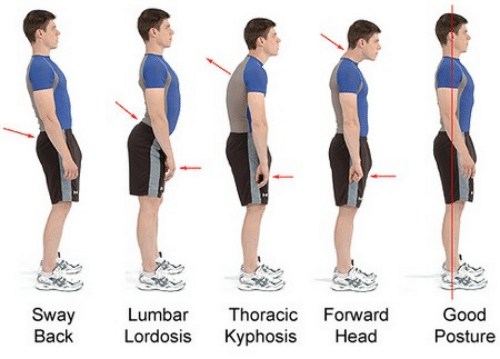
· When Lifting: Bend at the hips and knees rather than at the waist. Keep your back straight and use your legs to lift, not your back.
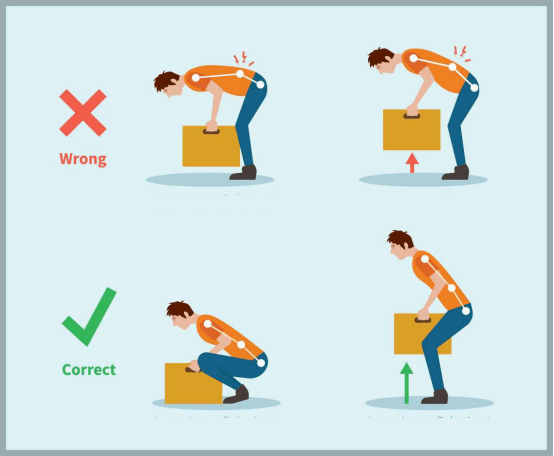
2. Incorporate Regular Exercise
Regular physical activity helps strengthen the muscles supporting the lower back, improve flexibility, and enhance overall spine health. Incorporate exercises that target core strength, flexibility, and balance:
· Core Strengthening: Exercises like planks, bridges, and abdominal crunches strengthen the muscles surrounding the lumbar spine, providing better support and stability.
· Flexibility Exercises: Stretching exercises, such as hamstring stretches and spinal twists, improve flexibility and reduce muscle tension in the lower back.
· Low-Impact Activities: Engage in low-impact exercises like swimming, walking, or cycling, which are gentle on the back while providing cardiovascular benefits.
3. Implement Ergonomic Solutions
Creating an ergonomic workspace can significantly reduce the risk of lower back pain, especially for those who spend long hours at a desk. Here are some tips for an ergonomic setup:
· Adjust Your Chair: Choose a chair that supports the natural curve of your spine. Adjust the height so that your feet rest flat on the floor and your knees are at a 90-degree angle.
· Position Your Desk: Ensure that your desk is at a comfortable height, allowing your arms to rest at a 90-degree angle when typing.
· Use Proper Lighting: Adequate lighting reduces eye strain and encourages better posture, reducing the likelihood of slouching.
4. Practice Safe Lifting Techniques
Improper lifting techniques can lead to acute lower back injuries. Follow these guidelines to lift objects safely:
· Plan the Lift: Assess the weight and size of the object before lifting. If it’s too heavy or awkward, ask for help.
· Use Your Legs: Bend at your knees and hips, keeping your back straight. Lift with your legs, not your back, and avoid twisting your torso while lifting.
5. Maintain a Healthy Weight
Excess weight can place additional stress on the lower back, increasing the risk of pain and injury. Maintaining a healthy weight through a balanced diet and regular exercise helps reduce the burden on your spine.
· Balanced Diet: Eat a diet rich in fruits, vegetables, lean proteins, and whole grains to support overall health and maintain a healthy weight.
· Regular Exercise: Combine cardiovascular, strength, and flexibility exercises to promote weight management and overall fitness.
6. Use Heat and Cold Therapy
Heat and cold therapy can provide relief from lower back pain by reducing inflammation and improving blood flow. Use these therapies appropriately:
· Cold Therapy: Apply an ice pack to the affected area for 15-20 minutes several times a day to reduce inflammation and numb pain.
· Heat Therapy: Use a heating pad or warm compress to relax tight muscles and improve blood flow. Apply heat for 15-20 minutes at a time.
7. Consider Professional Help
If lower back pain persists or is severe, consult a healthcare professional for a proper diagnosis and treatment plan. Options include:
· Physical Therapy: A physical therapist can provide exercises and treatments tailored to your specific condition, helping to alleviate pain and improve function.
· Chiropractic Care: Chiropractors can perform spinal adjustments to improve alignment and reduce pain.
· Medical Interventions: In some cases, medications, injections, or surgery may be necessary to address underlying issues causing lower back pain.
Celebrity Cases of Lower Back Pain: Insights and Lessons
Several celebrities have publicly shared their experiences with lower back pain, shedding light on the challenges and solutions for managing this common issue. Here are three notable examples:
1. Jennifer Aniston
Jennifer Aniston, known for her role as Rachel Green on Friends, has been open about her struggles with lower back pain. Aniston’s busy schedule and intense workout routines contributed to her back issues. She has used a combination of physical therapy, yoga, and regular exercise to manage her pain and maintain a healthy back.
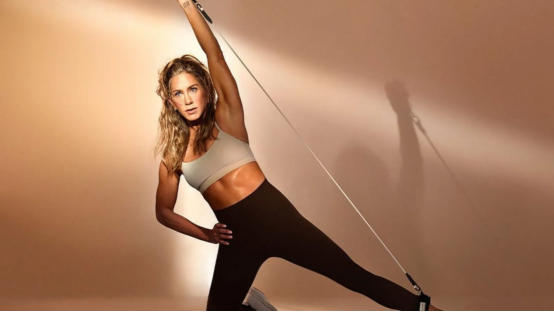
Insight: Balancing a demanding career with proper back care routines, including physical therapy and exercises, is essential for managing and preventing lower back pain.
2. Cristiano Ronaldo
Soccer superstar Cristiano Ronaldo has faced lower back pain throughout his career, often attributed to the physical demands of professional sports. Ronaldo has worked with sports physiotherapists and trainers to incorporate specialized exercises and recovery techniques into his routine, helping him maintain peak performance and manage pain.
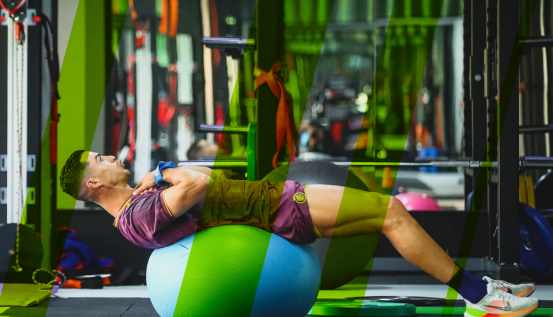
Insight: Professional athletes often use targeted exercises and therapy to address specific back issues, highlighting the importance of personalized treatment plans for effective pain management.
3. Kim Kardashian
Kim Kardashian, a prominent media personality, has experienced lower back pain, particularly due to her busy lifestyle and frequent travel. Kardashian has shared her experiences with various treatments, including chiropractic care and body alignment techniques, to address her back pain and improve her overall well-being.
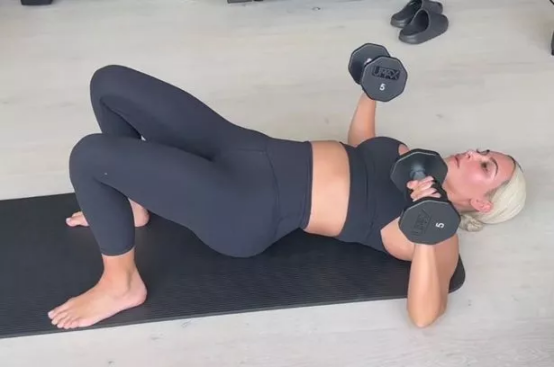
Insight: Utilizing a combination of treatments, including chiropractic care and body alignment practices, can help manage lower back pain and improve quality of life.
4. Tom Brady
NFL quarterback Tom Brady has been open about his experience with lower back pain, especially given the physical demands of football. Brady incorporates a comprehensive fitness regimen, including stretching, strengthening exercises, and recovery techniques, to keep his back healthy and perform at his best.

Insight: A well-rounded fitness routine that includes stretching, strengthening, and recovery can play a crucial role in managing and preventing lower back pain.
Scientific Evidence Supporting Lower Back Care
1. The Impact of Posture on Back Pain
Research indicates that poor posture is a significant contributor to lower back pain. Prolonged sitting or standing with improper posture places undue stress on the lumbar spine, leading to discomfort and potential injury.
· Evidence: A study published in The Spine Journal found that individuals with poor posture were more likely to experience lower back pain compared to those with good posture. Proper ergonomic adjustments and posture corrections are recommended to alleviate pain and prevent future issues.
2. The Role of Exercise in Managing Back Pain
Regular exercise is essential for strengthening the muscles that support the lower back, improving flexibility, and reducing pain. Exercise can also help prevent future back problems by promoting overall spine health.
· Evidence: Research published in The American Journal of Sports Medicine found that exercise programs focused on core strengthening, flexibility, and aerobic conditioning were effective in reducing lower back pain and improving function.
3. The Effectiveness of Heat and Cold Therapy
Heat and cold therapy are commonly used to manage lower back pain by reducing inflammation and relaxing muscles. Studies support the use of these therapies for short-term pain relief.
· Evidence: A study in The Cochrane Database of Systematic Reviews found that heat therapy provided effective relief for acute lower back pain, while cold therapy was beneficial for reducing inflammation and numbing pain.
4. The Benefits of Weight Management
Maintaining a healthy weight is crucial for reducing the stress on the lower back and preventing pain. Excess weight, particularly around the abdomen, can place additional strain on the lumbar spine.
· Evidence: A study published in The Journal of Bone and Joint Surgery found that weight loss was associated with significant improvements in lower back pain and function. A balanced diet and regular exercise are key components of effective weight management.
Embracing a Holistic Approach to Back Health
Addressing lower back pain requires a comprehensive approach that combines proper posture, regular exercise, ergonomic solutions, and healthy lifestyle choices. The experiences of celebrities like Jennifer Aniston, Cristiano Ronaldo, Kim Kardashian, and Tom Brady highlight the importance of integrating various strategies to manage and prevent back pain effectively.
By adopting these practices and seeking appropriate professional help when needed, you can enhance your lower back health and enjoy a more comfortable, active lifestyle. Prioritizing back care today sets the foundation for a healthier, pain-free tomorrow.
